Service lines are essential to your home’s functioning, but many homeowners are unaware that these lines may not be covered under standard homeowner’s insurance. Understanding the importance of service line coverage can help you avoid costly repairs, particularly in older homes.
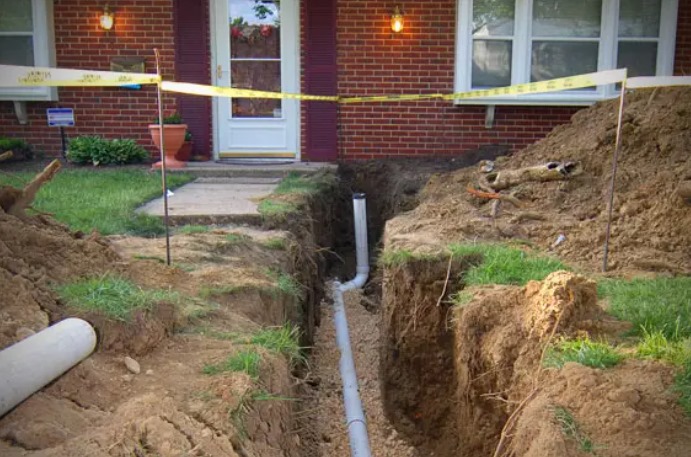
Service lines are the essential pipes and cables that bring water, electricity, and gas to your home, and take sewage away. While most people assume these are covered under their standard homeowner’s insurance, they usually aren’t. Service line coverage is an optional insurance add-on that protects you from the costs of repairing or replacing these underground service lines, which can become damaged due to wear and tear, weather, or other factors.
Damage to service lines can be expensive to fix. Repairs range up to $7,500 for 30 feet of sewer line replacement, with an average of around $4,000 depending on the extent of the issue. The cost to replace a water line ranges from $1,500 to $12,000.
Unfortunately, homeowners are responsible for maintaining these lines on their property. Without coverage, this can leave you with substantial out-of-pocket costs. Here’s why you should consider service line coverage, especially for older homes:
– Wear and Tear: Pipes and cables deteriorate over time due to age, weather conditions, or corrosion.
– Tree Root Invasion: Roots can infiltrate sewer lines, causing blockages and damage.
– ServiceFrost Heave and Line Freezing: In colder climates, freezing and soil pressure can cause pipes to burst or shift.
Older homes, in particular, may have outdated or vulnerable service lines made from materials like lead, galvanized steel, clay, or cast iron that can deteriorate over time, making them more prone to issues.
Commonly covered service lines include water lines, sewer lines, and electrical lines. These are crucial components of your home’s infrastructure that can be expensive to repair or replace if damaged. It’s essential to understand what types of service lines your insurance policy covers to avoid unexpected costs in case of a breakdown.
– Water lines
– Sewer lines
– Power lines
– Gas lines
– Telecommunications and Internet cables
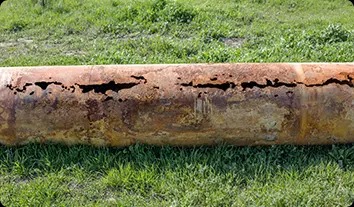
– Rust and corrosion
Over time, iron and steel-based sewer lines can oxidize and corrode.
Small holes develop and fluid can leak out, further damaging the pipe.
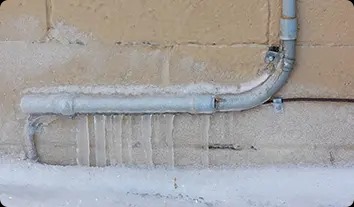
– Freeze damage and frost heave
This event can shift the ground, causing sewer lines to “heave” upwards and possibly become damaged.
Sewer line insurance can cover repairs for these types of extreme weather conditions.
– Mechanical or electrical breakdowns
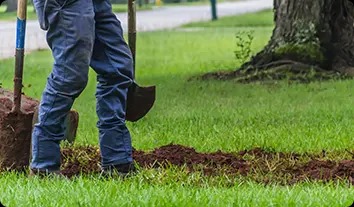
– Root and Tree Invasion
Active leaks in sewer lines may attract nearby tree roots. Outgrowths can infiltrate tiny crevices in pipes, then crack them as they grow and expand.
The standard service line policy may help with sealing these entry points.
– Damage caused by negligence or intentional acts
– Routine maintenance
– Issues on public property outside your home’s boundary
– Service lines that aren’t underground
– Pre-existing conditions
When an issue with a service line arises, such as a leak or break, service line coverage helps pay for the repair or replacement of these lines, including the cost of excavation. This coverage can give you peace of mind, knowing you won’t be financially burdened by sudden, costly repairs.

Older homes may have outdated service lines that could lead to costly repairs. It is crucial to consider the age of your home when thinking about service line coverage. Factors to consider for an older home include the condition of existing pipes, the material they are made of (like lead or galvanized steel), and the likelihood of wear and tear over time. It’s important to be proactive and ensure your home is adequately protected.
Service line coverage protects you from the expenses of repairing or replacing service lines, such as water, sewer, or power lines, that run from your home to the main utility connection points. Here’s how it works:
– Service line coverage kicks in when there is damage to the service lines on your property that are not covered by your standard home insurance policy.
– It typically covers costs associated with excavating, repairing, or replacing damaged service lines.
– It can also cover landscaping expenses and loss of use if the home is unlivable while repairs are being made.
Older homes are more prone to service line issues due to the aging infrastructure, making this coverage especially important for homeowners with older properties.
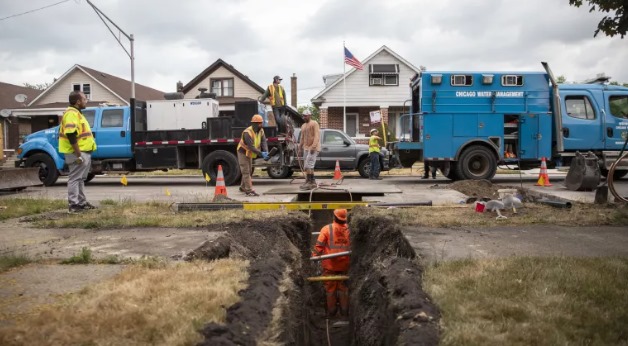
Service line coverage typically costs between $50 and $150 per year, depending on the company, the coverage level, and your state of residence. Given the potential repair costs without coverage, this can be a small investment to avoid a large financial hit later on, especially for older homes with aging infrastructure.
Only about 50% of homeowners are aware that service line coverage can be purchased through their homeowner’s insurance. Additionally, it can also be purchased from a utility company, but homeowners may need to buy separate coverage for each service line from each provider. It’s important to explore both options to determine which best suits your home’s needs and provides comprehensive coverage.
While a home inspection doesn’t assess the condition of underground service lines directly, it can identify red flags like tree roots close to your foundation or soil movement that might suggest future risks. This information can help you make informed decisions about adding service line coverage to your policy.
Common Warning Signs: Slow drainage, toilets not flushing properly, or sudden loss of electrical power may indicate service line issues.
Municipal Responsibility: In most areas, service line repairs within your property are the homeowner’s responsibility, not the city’s.
While a home inspection doesn’t assess theO condition of underground service lines directly, it can identify red flags like tree roots close to your foundation or soil movement that might suggest future risks. This information can help you make informed decisions about adding service line coverage to your policy.
When choosing service line coverage for an older home, consider the following important factors:
Whether you have an older home with aging service lines or simply want peace of mind, service line coverage is a smart investment. Protect your home and finances by ensuring you’re covered for unexpected repairs that your standard homeowner’s insurance won’t address. Contact your insurance provider to explore bundling service line coverage with your existing policy, ensuring your home is fully protected.